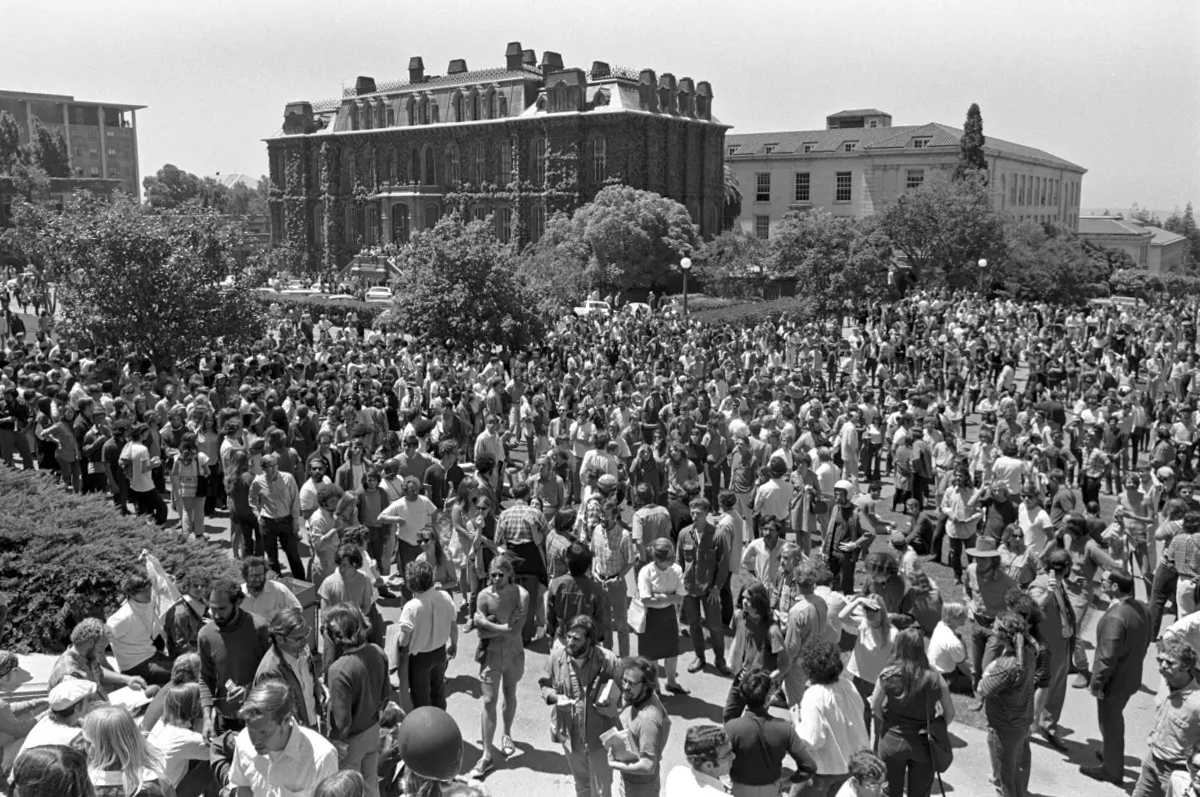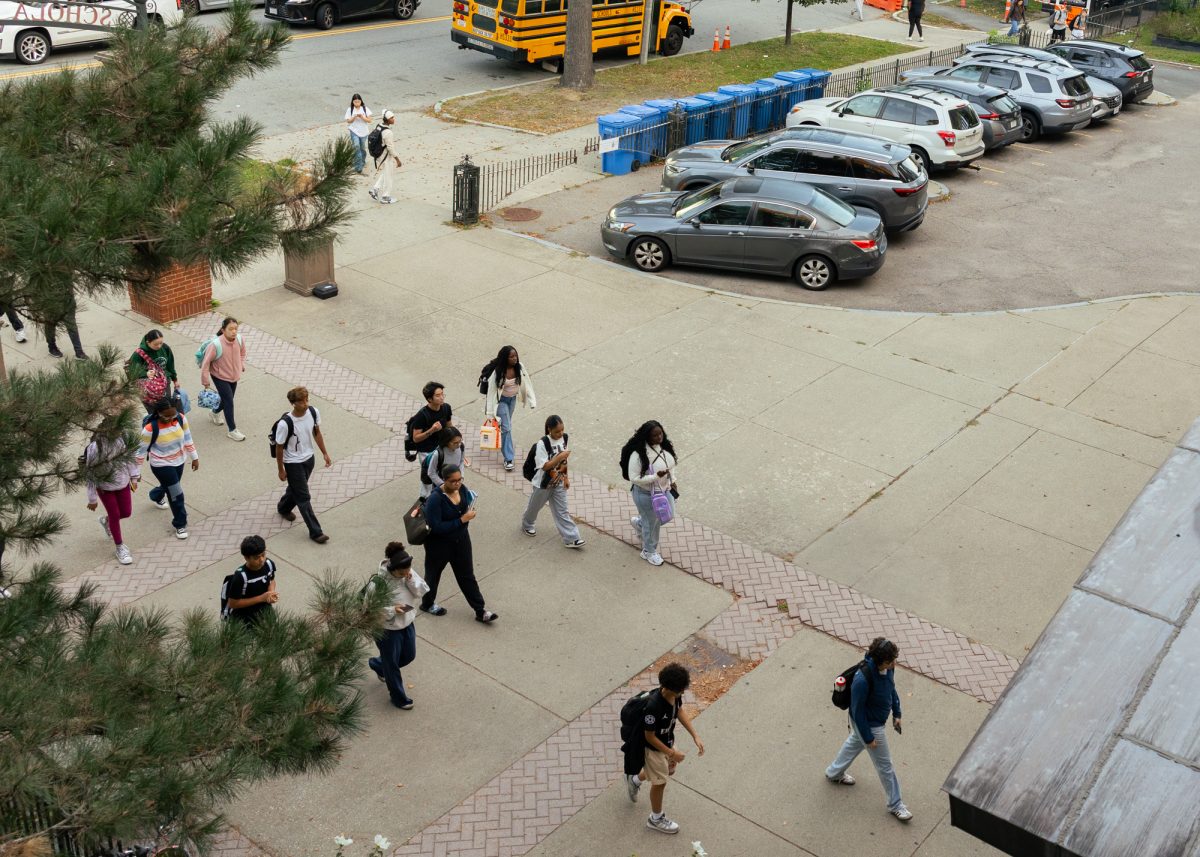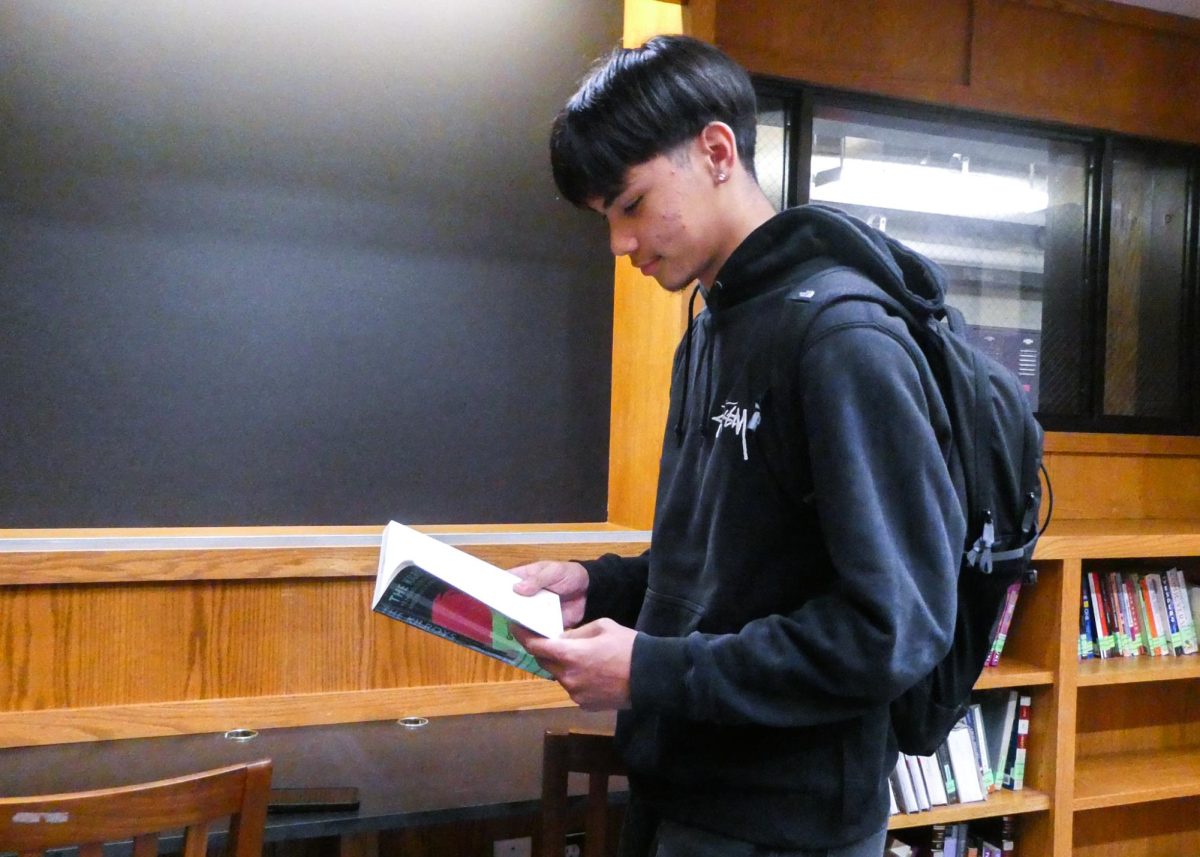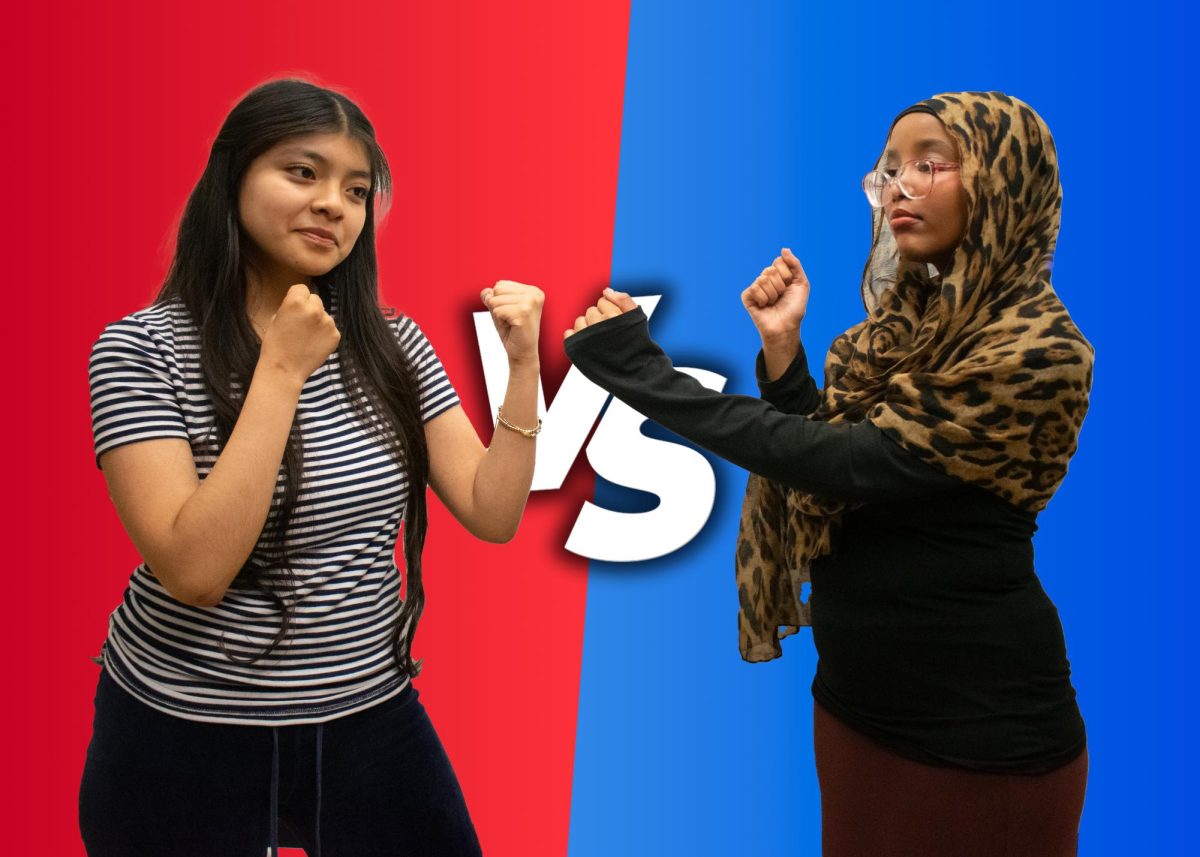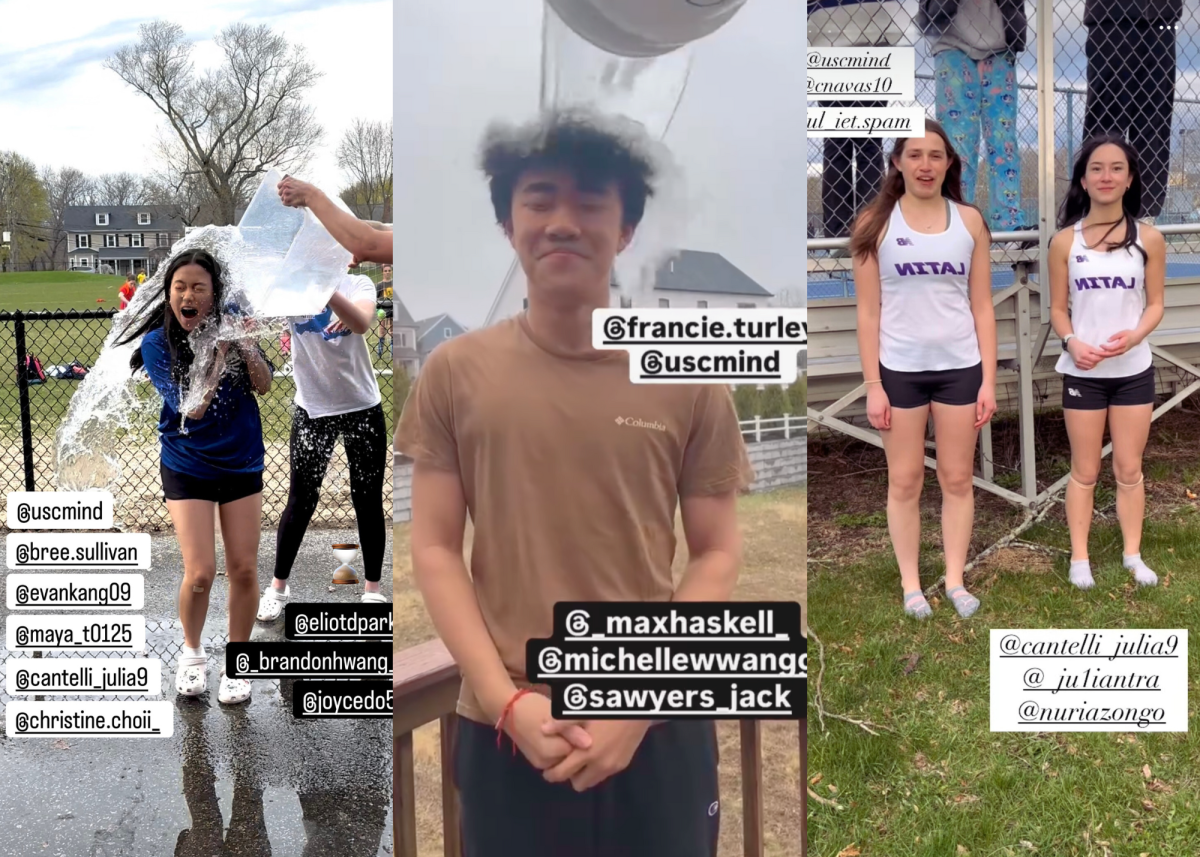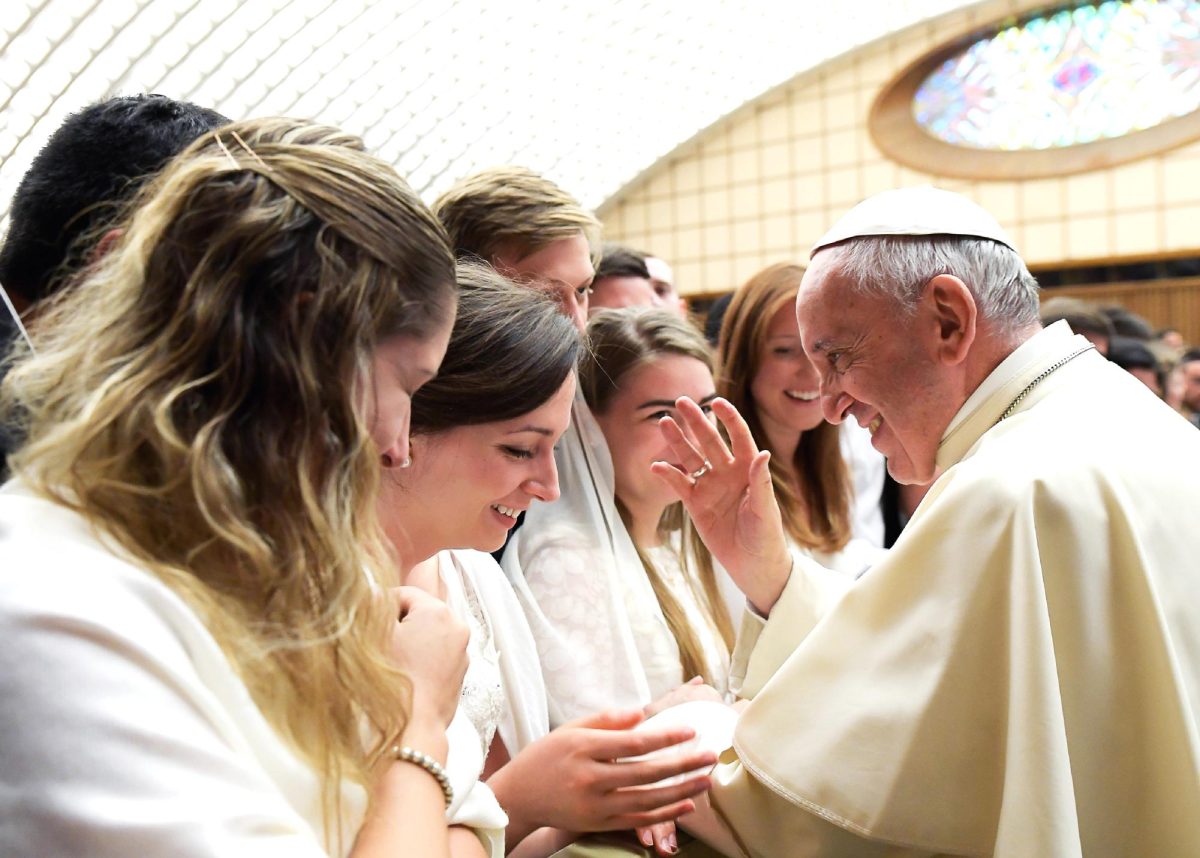In the past year, academic institutions have been the centers of activism, witnessing a multitude of protests over various issues. Demonstrations over the Israel-Palestine conflict have been especially prominent, with students across the country participating in occupations, walkouts, encampments or sit-ins. Even students from Boston Latin School have participated in multiple walk-outs. Many argue that such activism causes disruptions and fosters divisions within school communities. History and modern society, however, highlight that protests are essential in academic settings, as they cultivate a culture of free speech and activism.
For decades, activism on academic campuses has played a crucial role in major social movements. In the 1950s, during the Civil Rights Movement, students challenged segregation and discrimination against Black Americans through marches, sit-ins and protests. In the 1960s, during the Vietnam War, campuses spread ideas of anti-war sentiment to the public by expressing their opposition through demonstrations. In the 1970s and 1980s, protests were held against apartheid in South Africa, further solidifying academic institutions as platforms for social change. These historic movements emphasize the pivotal role student activism has in advancing societal progress.
BLS history teacher Ms. Paula Bowles adds, “Peaceful acts of civil disobedience, like protests and sit-ins are a time honored tradition in academic environments, both in high school and in college. Civil disobedience, in the spirit of Thoreau, Gandhi and King, can be an educational tool and a way to bring attention to an issue, whether global, national or local.”
The ability to protest and express free speech is fundamental in a democratic society, and academic campuses are no exception. The First Amendment guarantees this right, which can be exercised within educational institutions allowing for civic engagement. Engaging in activism teaches students advocate for change and how to communicate and defend their opinions.
“While I can see how some might think that protests and activism could distract from schools’ core curriculum,” Ilana Schwartz (III) explains, “I have always seen education to be inextricably linked to being up to date on current events and problems of the time, as well as learning effective ways to make your voice heard and make change.”
Protests at world-renowned universities also attract significant media attention, heightening awareness of critical issues. With students at prestigious institutions like Columbia University, Yale University and Massachusetts Institute of Technology protesting, issues draw national and international observation. This amplification in attention facilitates and leads to broader discussions and potential policy changes, further supporting the idea that academic institutions are ideal platforms for spreading awareness.
Despite the benefits, some argue that protests do not belong in academic settings because they can disrupt learning. Demonstrations often interrupt classes, exams and schedules, leading to inconvenience and stress for many students. Moreover, protests might create an “us versus them” mentality within the school community, which creates a counterproductive learning atmosphere.
In light of these disruptions, universities and colleges have responded to protests in various ways. Some institutions have designated zones for protests to minimize disruptions, while others have responded through mass arrests and the detainment of students.
Ms. Bowles reminds that a core part of effective non-violent protesting is accepting punishment: “[C]ivil disobedience is not without personal risk and consequences […] Students who engage in acts of protest should be ready and willing to accept the consequences of their actions, including suspensions, removals from campus or more with the hope that the consequences they receive could bring more needed attention to the cause they care deeply about.”
While receiving consequences is an important part of nonviolent protest, the punishments should come from universities, not police. “I haven’t seen any pushback from organizations in person,” says Phineas Manasselatham (I), an active protestor for the Black Lives Matter movement and pro-Palestine movement, “but I have seen a lot of violence from police.” If universities want to punish students, that is fair. If they ban certain chants, prevent outsiders from coming onto campus or even block students from graduating, that is fair. But when universities call in outside police to quell nonviolent protest. By not directly dealing with students, they signal that they do not wish to engage students’ feelings and thoughts about the most pressing issues of the present day. This undermines the civic engagement, free speech and academic debate that these institutions aim to uphold.
Furthermore, when police are called in, violent scenes often unfold and quickly dominate the media, overshadowing the core issues that are being protested, such as calls for ceasefire. When administrators have instead taken on the role of communicating, mediating and punishing students themselves, safety and order are maintained while respecting the protest process.
Protesting is an essential right for all students as it allows them to exercise their freedom of speech to fight for changes they want. For universities to truly cultivate the leaders of the future, they must remain a place where non-violent protest is allowed.



